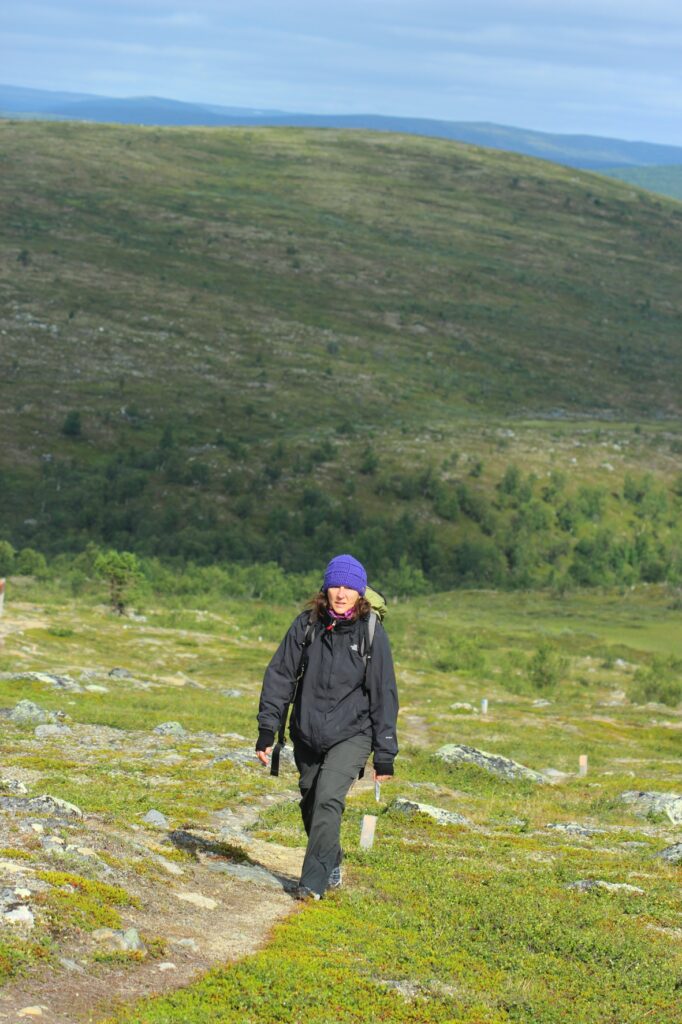Renata Perego

Dopo la Laurea in Scienze Naturali presso l’Università degli Studi di Milano, ho conseguito il titolo di Dottore di ricerca in Preistoria e Protostoria presso l’Università di Basilea (Svizzera) con tesi in archeobotanica svolta presso IPNA / IPAS Integrative Prehistory and Archaeological Science. La tesi di dottorato ha riguardato lo studio di macroresti vegetali (frutti e semi) di insediamenti perilacustri dell’età del Bronzo in area gardesana (Lavagnone e Lucone D). Ho svolto indagini archeobotaniche in vari siti d’età preistorica, protostorica, romana e medievale del Nord Italia e nella regione del Kurdistan Iracheno (missione archeologica MAIPE). Negli a.a. dal 2002/3 al 2012/13 ho insegnato Archeobotanica, come docente a contratto, presso l’Università degli Studi di Milano, corsi di Laurea in Scienze dei Beni Culturali e Laurea Magistrale in Archeologia. Collaboro attivamente con il Laboratorio di Palinologia e Paleoecologia del CNR IGAG di Milano.
After a Diploma in Natural Sciences (Università degli Studi di Milano), I earned a PhD in Prehistory and Protohistory at the Integrative Prehistory and Archaeological Science IPNA/IPAS, University of Basel with a doctoral thesis focusing on plant economy of Bronze Age sites in Northern Italy (Lake Garda region): Lucone D and Lavagnone lakeshore settlements. I analysed botanical remains from various prehistoric, protohistoric, roman and medieval sites in Northern Italy and in the Kurdistan Region of Iraq (MAIPE archaeological mission). From 2002/3 to 2012/13 academic years, I gave lectures in Archaeobotany at the University of Milan (Sciences applied to Cultural Heritage and Master in Archaeology). I’m scientific collaborator of the Laboratory of Palynology and Palaeoecology of CNR IGAG Milano.
My research interests at present include:
– archaeobotanical investigations of archaeological sites and paleoenvironment reconstructions in the Quaternary by palaeobotanical methods (pollen and macroremains analysis). Studies of macrofossil botanical remains in archaeological context intends to investigate plant domestication and use, moreover to explain human impact on natural environment and reconstruct the recent vegetation history. Cultivation involved deep alterations of natural habitat not only as consequence of intense deforestation, but also for the introduction of new exotic species spreading in European regions. These species could now be employed as anthropogenic indicators in palaeobotanical studies.
– floristic and corological analysis of some endemic and subendemic species in the Southern Pre-Alps, and in the dynamic of modern vegetation.
I am active on
Researchgate: https://www.researchgate.net/profile/Renata_Perego
